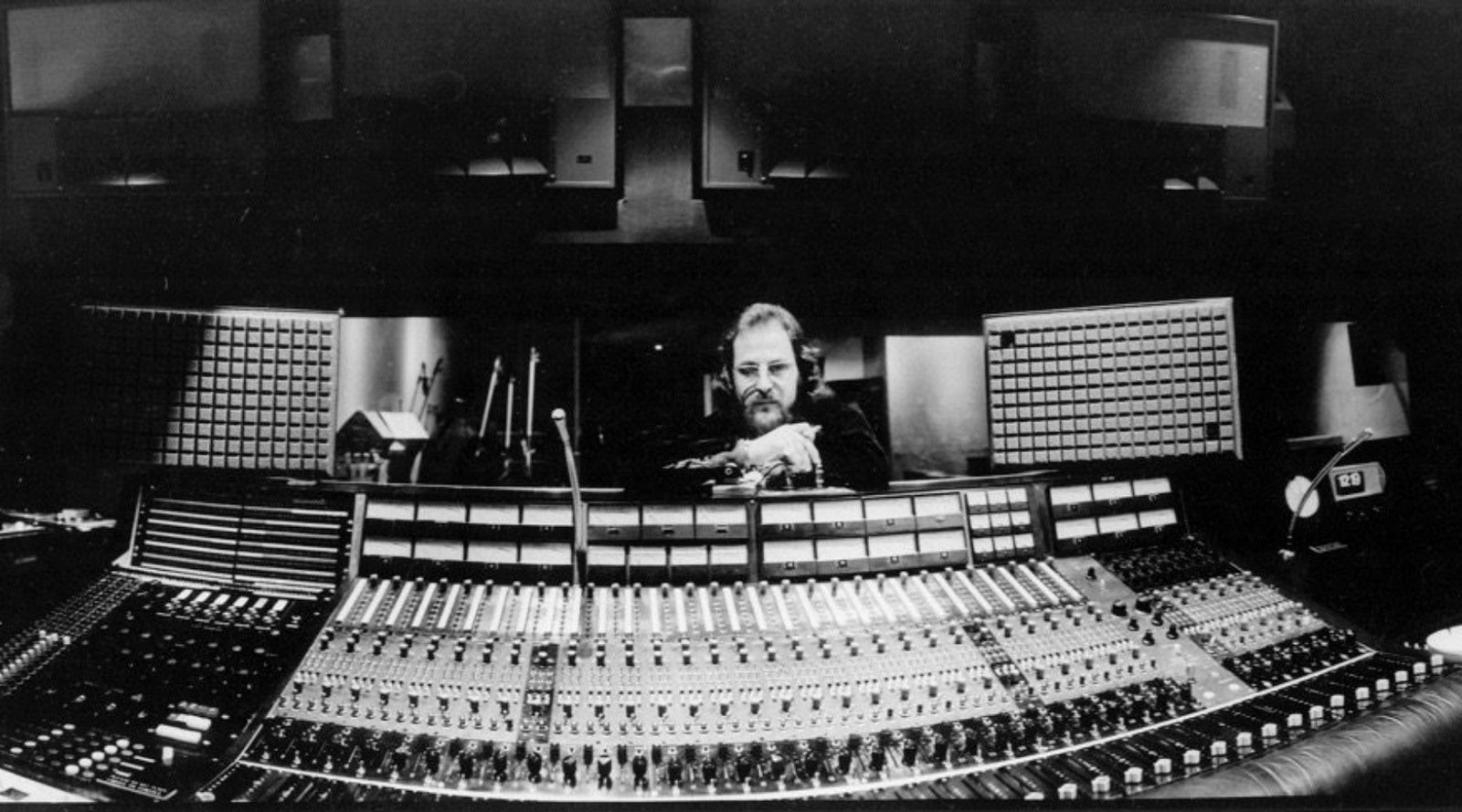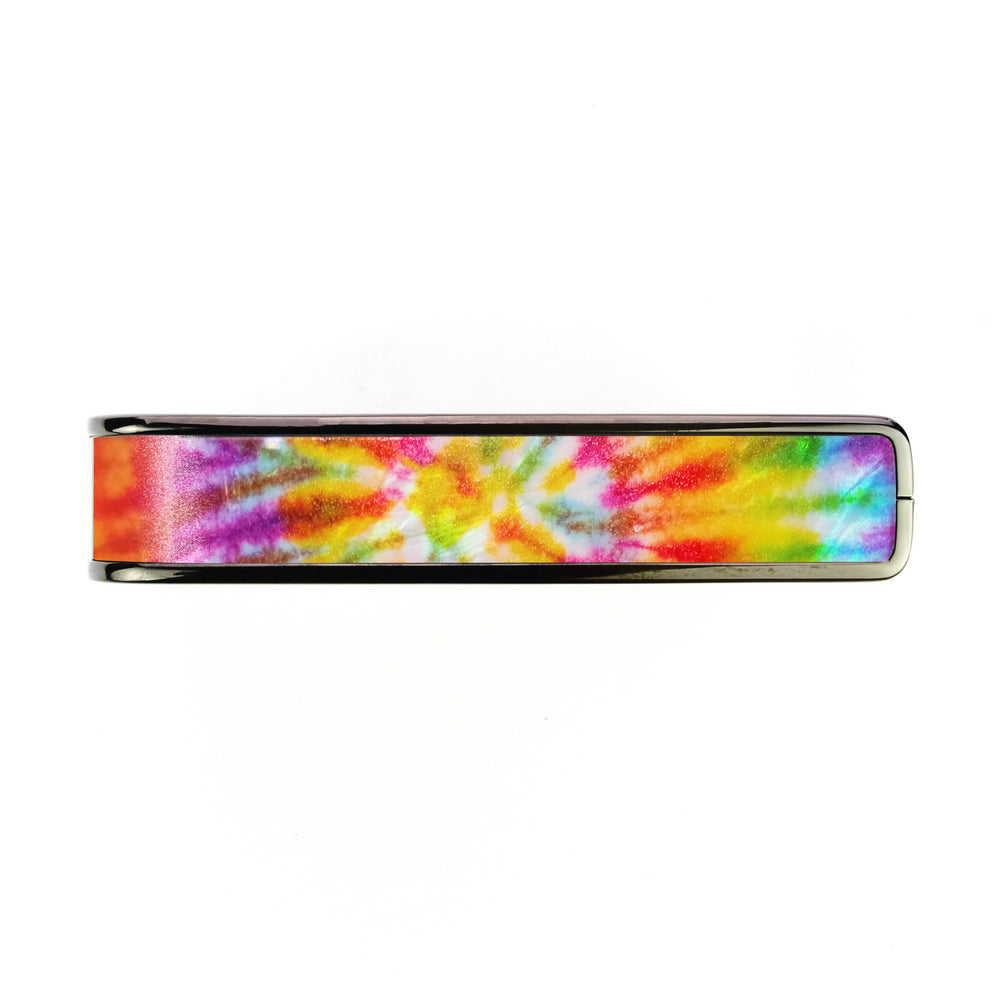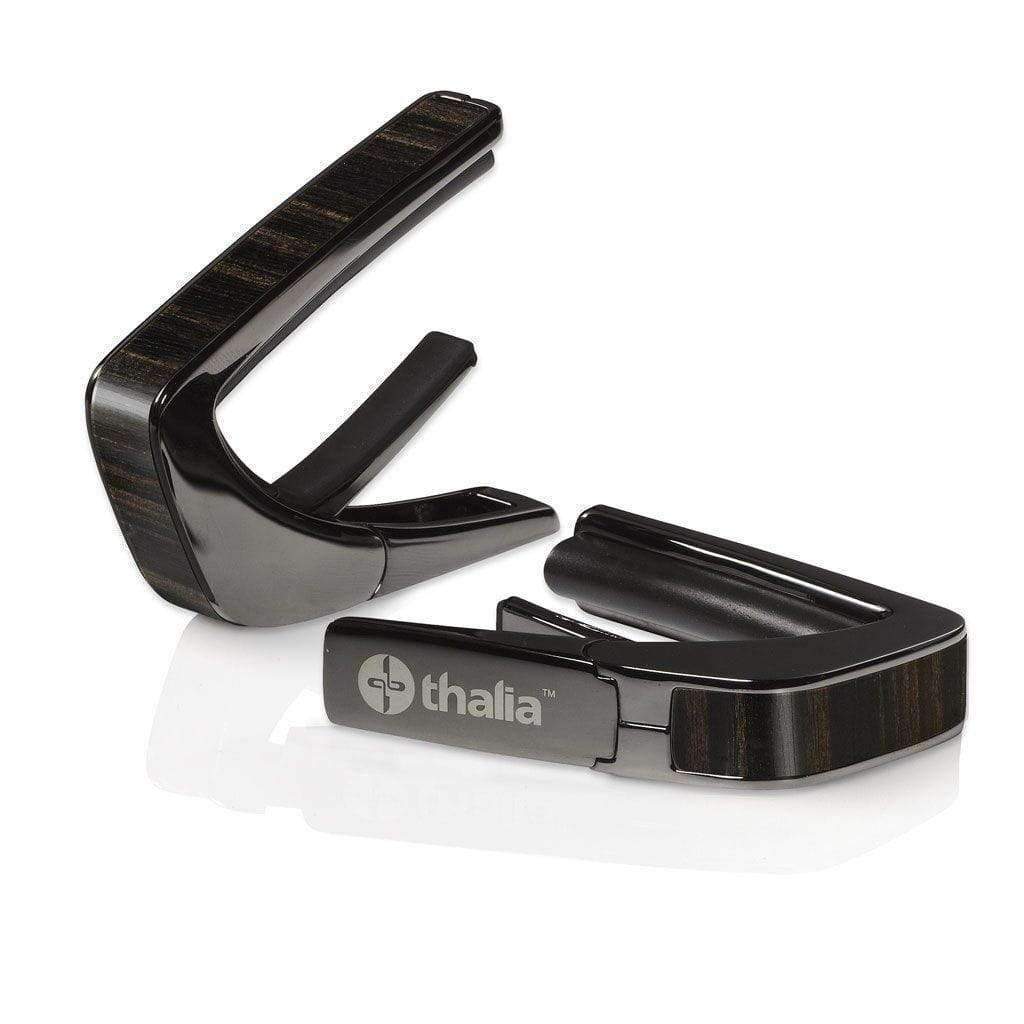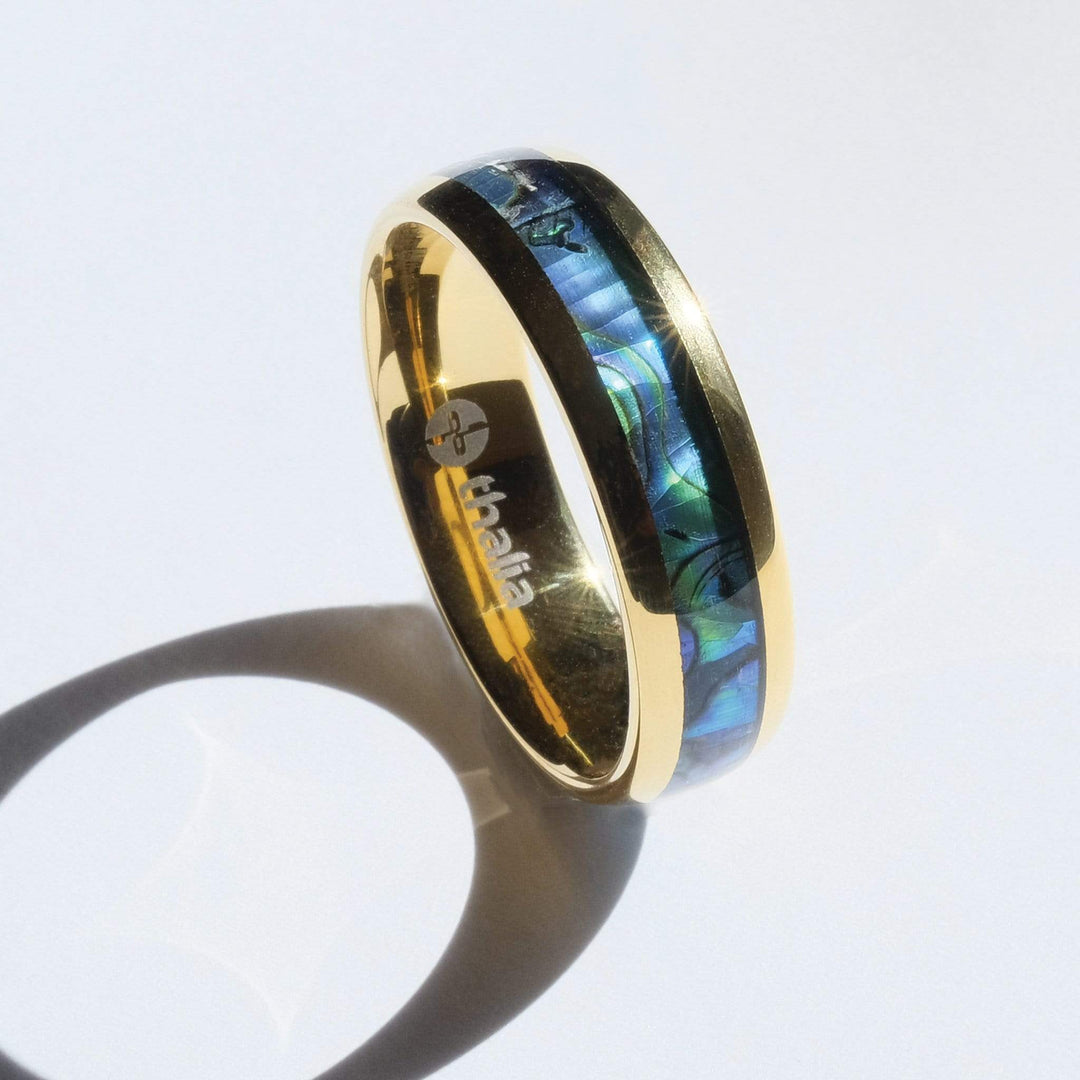Eddie Kramer: Words of Wisdom

To make a truly great album, you need great artists. But you also need someone who can capture those artists in a way that does them justice.
Arguably rock’s greatest producer, nobody captures those sounds better than Eddie Kramer. Even if you don’t know the name, you’ll know the records he helped make: Led Zeppelin II, Frampton Comes Alive, Physical Graffiti, Kiss Alive!, The Woodstock Soundtrack, All You Need Is Love and pretty much the entire discography of Jimi Hendrix.
Given his near sixty-year career behind the mixing desk, Kramer has a thing-or-two to impart about the ins-and-outs of the recording process. Today, we’ve selected some choice observations from our favourite Eddie Kramer interviews.
 On what he looks for in a musician (via Reverb):
On what he looks for in a musician (via Reverb):
“Feel. Feel, feel, feel. Give me feel over technique any day. It’s the way the artist expresses him or herself. Initially, if I’m listening to a piece of music, I listen intently for the communication level. If there is a huge level of communication from an emotional standpoint, that gets me right off the bat. I never have worried about mistakes, I’m not attracted to musicians who are technically perfect. Although I admire them, it doesn’t rock my boat.”
On the dangers of “fixing in the mix” (via Tape Op):
“The current joke now is, "Hey guys," (it's the producer talking) "That really sucked, come in, we'll make it work." And make it work in Pro Tools because who cares how bad it is. We'll throw it in and that horrible old phrase "We'll fix it in the mix" is even more prevalent because you can...”
…(via SpeakHertz)
“Only a minority of bands can play their music well, and even those ones can’t go in a studio and do it all without mistakes. They want to make it sound perfect through editing in Pro Tools, or in the mix, which is nonsense. Bands like Led Zeppelin, The Rolling Stones and Jimi Hendrix played live. If someone made a mistake, we could comp an intro with a different verse section by cutting the tape.”
On why you should learn to record with minimal gear (via SpeakHertz)
“Woodstock was recorded using only [Shure Microphones] SM58s. All of Jimi Hendrix’s initial live recordings were made using SM57s and SM58s, though the occasional condenser mic may have been rarely thrown up. So if you position the mic properly, with the right EQing, anything is possible.
“It really irritates me that people graduate from audio schools, but can’t even do this. Learning the basics of how to record with only a few mics is something that should be taught be in all audio schools. Also, students should be taught how to record to mono, using one mic, or using a few mics and mixing to mono. Once you know how to do that, you can do anything. It’s not even hard. You use common sense and rely on your teacher.”
 On working with Jimi Hendrix and instinctive producing (via Chip Stern):
On working with Jimi Hendrix and instinctive producing (via Chip Stern):
“The fact that Jimi and I and Chas [Chandler – Hendrix’s manager] got on so well right away was a blessing, as was the fact that Jimi was able to play in such a way that it made my job easier—because all I had to do was just mike it correctly and interpret what he was doing…
Now there’s where the trick comes in—in the interpretation of the sound. Because he would play a particular part with a lot of distortion or a particular device, and it was my job to enhance that sound and put it on tape in such a way that it would improve what he had done in the studio. And to that end we were flying by the seats of our pants, because I don’t think we really had a clue as to what we were doing; we were just doing it—there was a certain amount of instinct going on here…
“Thinking about it now, I can analyze it. But thinking about how I was reacting to it then, it was pure instinct. There was not a process going through my mind: “Well, this is Jimi Hendrix and I have to do X-Y-Z to the sound.” No. As the sound occurred I would instinctively reach for reverb, tape delay and compression. We had literally, four or five things at our disposal—that was it, in terms of effects that I could do, and eventually phasing of course. Really primitive recording techniques by today’s standards, yes. Put all of that together, the fact that you had Jimi and Mitch [Mitchell] and Noel [Redding] creating all of these great sounds, and then what I add to it, whether it be reverb or compression, EQ, balancing and panning…
“I tried to use the board, the console, and what I had at my disposal, as a pallet. Much as an artist would pick the colors, I would pick the colors of sound. And interestingly enough, talking about colors and sounds, Jimi used to describe the idea that he had in his head about a particular sound, in color. And whether it was a purple sound or a red sound or a green sound or a black sound, or whatever sound he was describing had a color attached to it, and I guess I instinctively knew what he meant. So I could say, “Well, maybe green means reverb, and red means distortion.” So there was this immediate symbiosis.”
What’s your favourite Eddie Kramer-produced album? Share your stories in the comments.





















